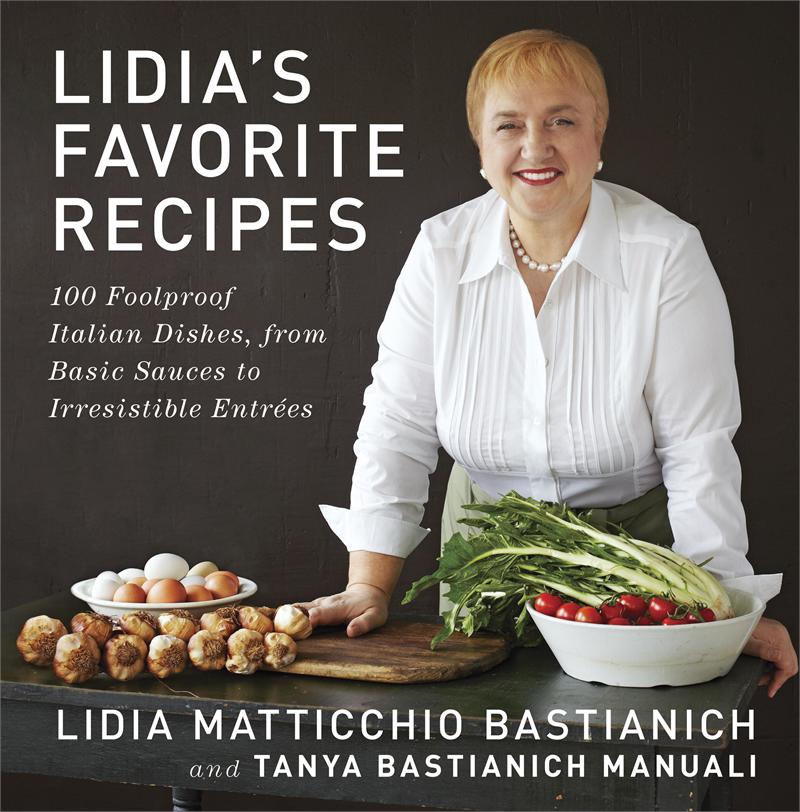Makes 2 pizzas
Notes
From my travels researching Lidia’s Italy in America, I encountered many different kinds of pizza across America like deep dish in Chicago, a cracker-like pizza in St. Louis, and the classic New York pizza pie. Pizza in Italy is quite different: it’s usually a small pie serving one individual, often made with bufala mozzarella; crisp in most regions of Italy, but with a chewy crust in Naples. I enjoy my pizza most with a crispy thin crust and bufala mozzarella, as in this recipe I’ve given you, but the fun of pizza is trying all types.
Ingredients
- 1 batch pizza dough (Recipe)
- 1/2 to 3/4 cup marinara sauce
- 4 ounces fresh mozzarella, thinly sliced
- 1 tablespoon extra-virgin olive oil
Directions
Preheat oven to 450 degrees F. Place a pizza stone on the rack in the lower third of the oven. (You can use a sheet pan or a cast iron skillet to bake the pizza if you do not have a stone.)
Divide the dough in half, then form it into a flat round and let rest on top of your knuckles on both raised fists. Use your knuckles to pull out and stretch the round into a thin circle. Place the dough circle on your work surface and press it out as thin as you can with your fingertips.
Place the dough circle on a piece of parchment on a pizza peel-paddle (or if you do not have a pizza paddle, slide the parchment paper with the pizza dough circle on the back of a sheet pan.) Spread half of the sauce onto the dough, use just enough sauce to dot about half of the pizza’s surface, leaving a lip around the edge. In the spaces where you haven’t dotted sauce, lay half of the cheese. Drizzle with half of the olive oil. Slide off the pizza peel or sheet pan onto the baking stone (or on your sheet pan/cast-iron skillet).
Bake the pizza until the cheese is melted and bubbly and the crust is browned and crisp on the bottom, about 10 minutes. Remove from oven and repeat with remaining dough, sauce, cheese and olive oil.
* A Pizza stone is usually a rectangular stone made of terra cotta—it helps to bake a good crusty pizza and focaccia, because it heats to high temperature and disperses the heat evenly, cooking the bottom of the pizza evenly and crisply. A pizza stone should not be washed, since it is poreous—just scrape and brush any remaining debris.

